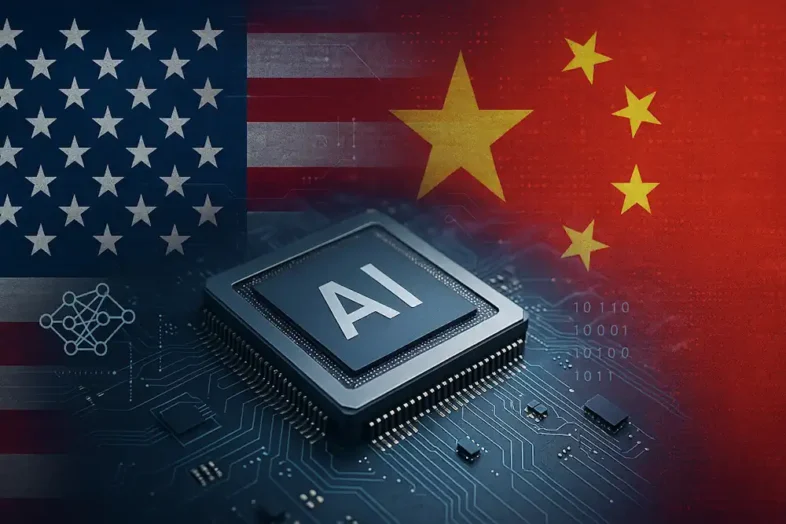In recent developments, China has urged the United States to relax export restrictions on high-bandwidth memory chips, essential components for artificial intelligence applications. This request is part of broader trade negotiations between the two nations and comes ahead of a potential summit between U.S. President Donald Trump and Chinese President Xi Jinping.
Table of Contents
China’s Position and Concerns
Chinese officials have conveyed their concerns to U.S. experts in Washington, highlighting that current export controls impede companies like Huawei from advancing in AI chip development. HBM chips are crucial for data-intensive AI tasks and are often paired with AI graphics processors, especially those from Nvidia. The strategic importance of these chips has made them a focal point in the ongoing tech rivalry between the U.S. and China.
Background on U.S. Export Controls
The U.S. has imposed successive restrictions to limit China’s progress in AI and semiconductor technologies. However, these controls have also restricted American companies’ access to the large and lucrative Chinese semiconductor market, despite China remaining a significant source of revenue for U.S. chipmakers.
Implications for AI Leadership and Policy
The call for relaxed export controls underscores the growing importance of AI in global trade and technology development. As both nations vie for leadership in AI, the outcome of these negotiations could have significant implications for the future of AI innovation and international relations.
Potential Market and Supply Chain Effects
The potential easing of export restrictions may also influence the dynamics of the global semiconductor market, affecting supply chains and the competitive landscape. Stakeholders from various sectors are closely monitoring these developments, anticipating how policy changes might reshape the industry.
What to Watch Next
As the U.S. and China continue their discussions, the international community remains attentive to the potential impacts on global technology policies and the strategic balance in AI advancements.


